Understanding Emotional Awareness
Emotional awareness is the ability to recognize and understand not only your own emotions but also those of others. It’s one of the core pillars of emotional intelligence—and it shapes how we respond to people, situations, and challenges in everyday life.
You’ve likely had moments where emotions overwhelmed you or where you felt misunderstood. That’s often because emotional signals aren’t always obvious. But when you develop emotional awareness, you start identifying patterns. You become better at expressing your feelings clearly and constructively, instead of reacting on impulse.
It’s a skill anyone can build with the right guidance and tools. And with today’s digital resources, there are simple, effective exercises for emotional awareness—many of which are enhanced by mobile apps.
This post will walk you through seven impactful exercises that build emotional awareness and show you which apps can help you stay consistent and engaged. These tools aren’t just helpful—they’re designed to accelerate your journey toward mental clarity, better relationships, and mental discipline for success.
Why Focus on Emotional Awareness?
Before diving into the exercises, let’s answer this question: why does emotional awareness matter?
Because emotions drive behavior.
If you’re unaware of how you feel, your actions are often dictated by subconscious patterns. This can lead to conflict, burnout, or regret. But when you’re emotionally aware, you:
- Respond instead of react
- Communicate more clearly
- Make better decisions
- Manage stress more effectively
- Build deeper, more meaningful relationships
By strengthening this skill through exercises for emotional awareness, you gain the ability to shift your emotional state consciously. This is where growth begins—both personally and professionally. And when tied to mental discipline for success, it becomes a lifelong advantage.
1. Mood Journaling with Apps
One of the simplest yet most powerful exercises for emotional awareness is mood tracking. Writing down how you feel at different points in the day creates a feedback loop between your emotions and your behaviors.
How to do it:
- Track your mood 2–3 times a day.
- Write a quick note on what triggered the emotion.
- Rate the intensity (1–10) and how long it lasted.
Recommended App:
- Daylio – It offers visual mood charts and lets you log activities and notes. Over time, you’ll notice emotional trends and triggers.
Why it works:
You become more mindful of emotional patterns and less likely to ignore them. Consistent journaling also builds self-accountability—an essential part of mental discipline for success.
2. Name the Feeling
Many people struggle with naming their emotions beyond “good” or “bad.” But identifying specific feelings helps you process them more accurately. Is it anxiety or excitement? Frustration or disappointment?
How to do it:
- Pause in the moment.
- Use an emotion wheel to find the word that best describes what you’re feeling.
Recommended App:
- Mood Meter – Developed by Yale’s Center for Emotional Intelligence, it helps you pinpoint feelings and suggests helpful strategies to manage them.
Why it works:
Language shapes awareness. The more accurately you name your emotions, the more clearly you can manage and communicate them.
3. Body Scan Meditations
Emotions don’t live only in your head—they manifest in your body. A tight chest, clenched jaw, or restless legs are physical clues. Body scan meditations are exercises for emotional awareness that teach you to connect emotional and physical states.
How to do it:
- Sit or lie down in a quiet place.
- Close your eyes and slowly move your attention from your feet to your head.
- Notice tension, sensations, or areas of discomfort without judgment.
Recommended App:
- Insight Timer – Offers free guided body scan meditations for all levels.
Why it works:
Over time, you’ll spot where emotions show up in your body. This connection enhances your ability to manage feelings before they take control—one of the hallmarks of mental discipline for success.
4. Emotional Check-Ins with Prompts
If you’re not used to reflecting on emotions, daily check-in prompts make the process easier and more structured. They guide your awareness and gradually deepen it.
How to do it:
- Choose a time of day (morning or evening).
- Answer simple reflection questions like:
- What emotions did I feel today?
- When did I feel most triggered?
- What could I have done differently?
Recommended App:
- Reflectly – A guided journaling app that provides custom prompts and tracks emotional trends over time.
Why it works:
It creates a habit loop that builds emotional clarity. When done consistently, it improves both emotional resilience and the consistency that defines mental discipline for success.
5. Label, Don’t Judge
Often we attach labels like “bad” or “wrong” to negative emotions. This only leads to avoidance. But emotions aren’t inherently good or bad—they’re data. Learning to observe rather than judge is one of the most mature exercises for emotional awareness.
How to do it:
- When a strong emotion arises, pause.
- Say to yourself: “I’m feeling [emotion], and that’s okay.”
- Avoid analyzing or suppressing—just observe.
Recommended App:
- Ten Percent Happier – Features expert-led mindfulness lessons focused on nonjudgmental awareness.
Why it works:
Neutral observation reduces reactivity. Over time, this rewires how you deal with challenging emotions and reinforces self-control—a skill closely tied to mental discipline for success.
6. Express Yourself Creatively
Sometimes we struggle to articulate emotions with words. Creative expression can become a gateway to emotional clarity. Art, music, or movement offer alternative ways to release and process emotions.
How to do it:
- Set aside 20 minutes weekly to draw, write poetry, dance, or play music based on how you’re feeling.
- Reflect afterward: “What was I expressing?”
Recommended App:
- Journify – Combines voice journaling and creative mood expression tools.
Why it works:
Creative output bypasses cognitive barriers, giving emotions an outlet and helping you understand them from new angles.
7. Daily Gratitude and Reframing
One powerful shift in emotional awareness comes through reframing negative experiences and practicing gratitude. It’s not about denying tough emotions—it’s about choosing your focus.
How to do it:
- List three things you’re grateful for daily.
- Reframe one negative thought: “Instead of [this], I’m choosing to see it as [that].”
Recommended App:
Why it works:
It rewires your emotional lens. You become more aware of your emotional responses and build the optimism and persistence essential for mental discipline for success.
Putting It All Together
Emotional awareness isn’t built in a day—it’s developed through small, intentional practices. By using these seven exercises for emotional awareness with the support of thoughtfully designed apps, you create a system that helps you recognize, process, and manage your emotions consistently.
When emotional awareness is paired with mental discipline for success, it becomes a force multiplier. It not only improves your mood and decision-making but gives you the edge in relationships, career growth, and personal clarity.
Whether you’re tracking your mood, doing a body scan, or journaling through prompts, every small step adds up. The goal isn’t perfection—it’s awareness. The more aware you are, the more power you have to respond instead of react. And that’s where transformation begins.
FAQs About Exercises for Emotional Awareness
Emotional awareness is like building a muscle. With consistent practice of 10–15 minutes a day using any of these exercises, you’ll likely notice changes within a few weeks.
Apps provide structure and reminders, but the core exercises can be done with a notebook or voice journal. What matters most is consistency.
Emotional awareness builds the foundation for self-regulation, while mental discipline for success helps you stay committed to the process—even when it’s hard. Together, they create a system for lasting growth.
Absolutely. It improves communication, reduces misunderstandings, and helps you lead with empathy—qualities that are essential in any professional setting.
That’s completely normal, especially when starting this work. Begin with low-intensity activities like gratitude journaling or mood check-ins, and build from there.



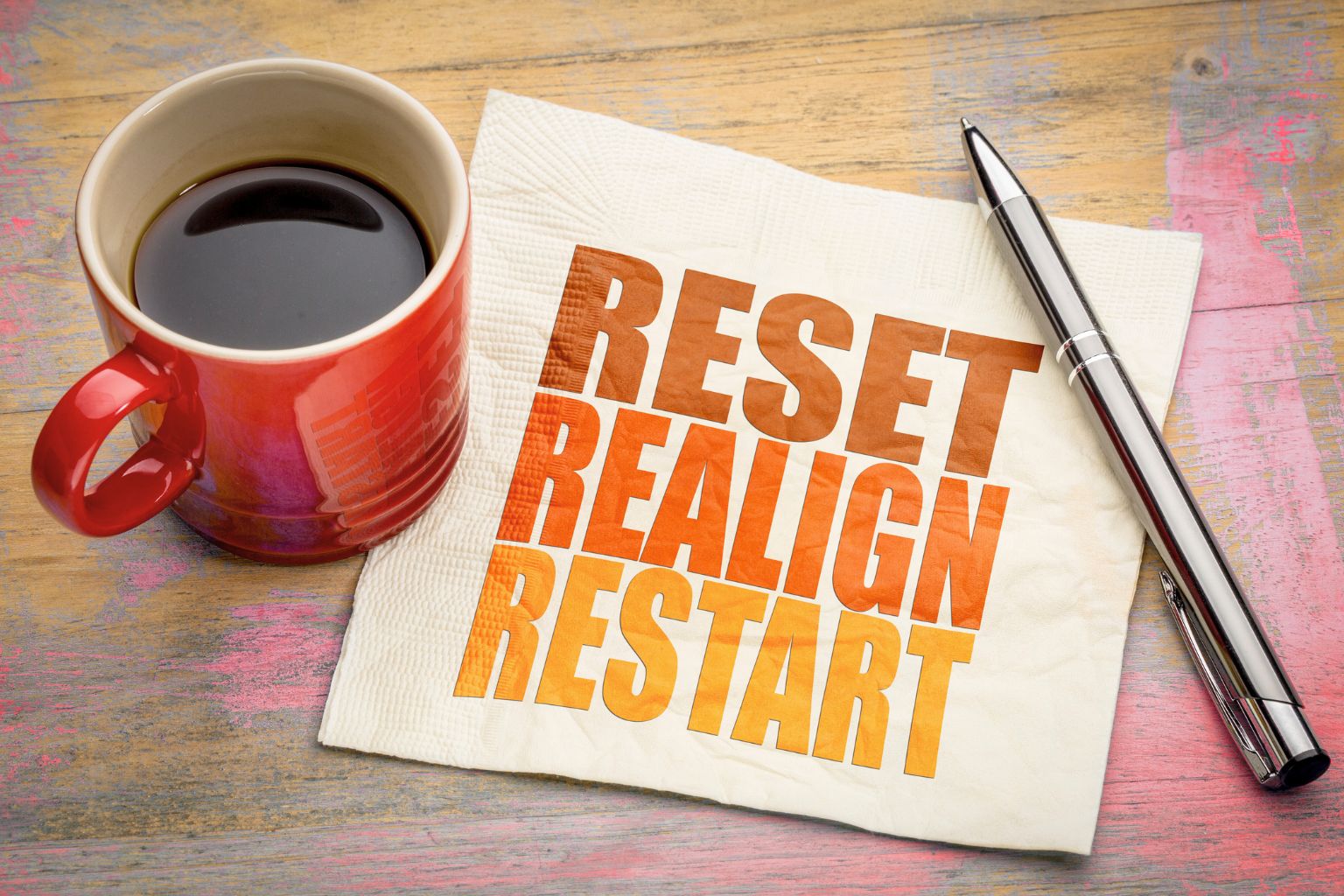


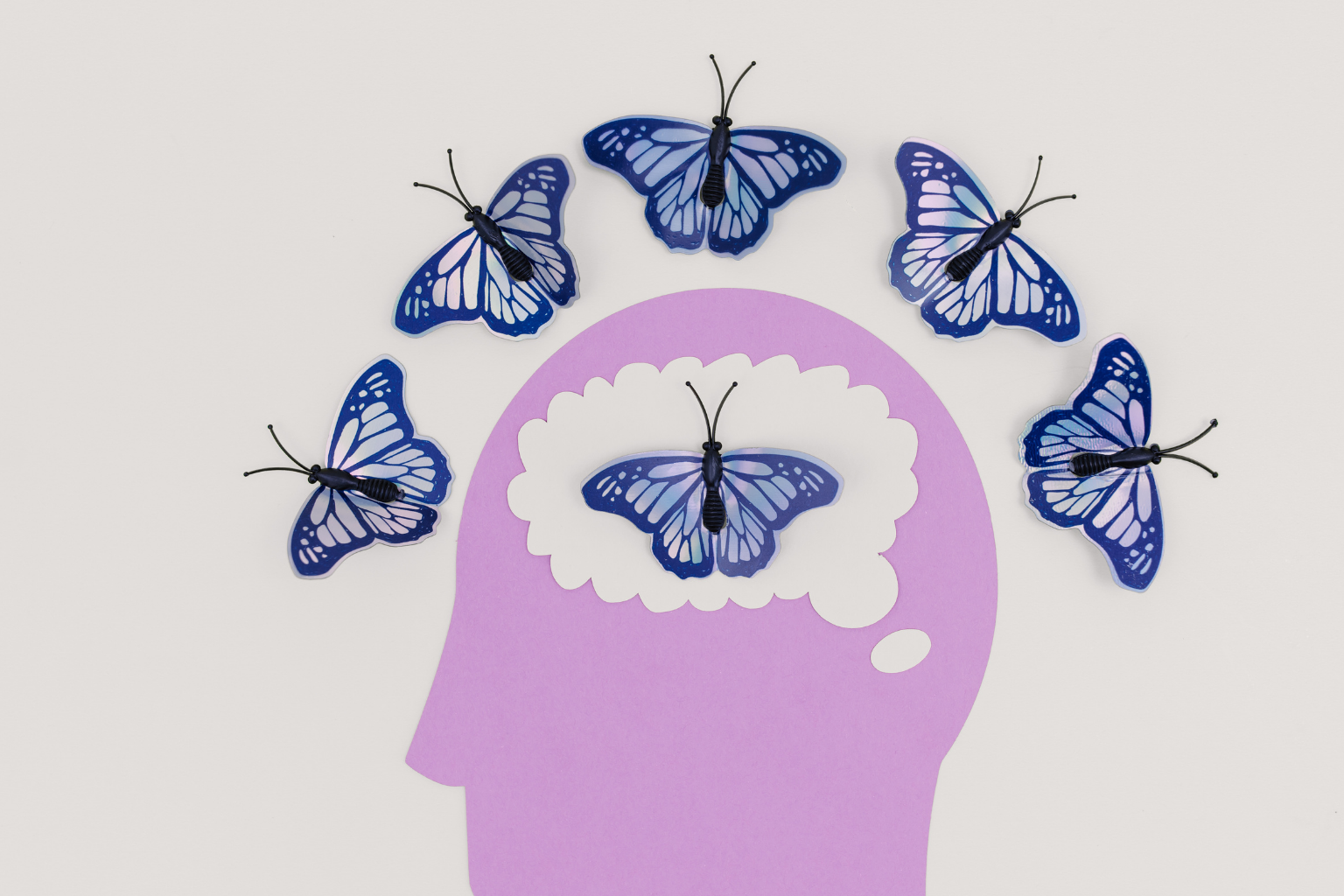
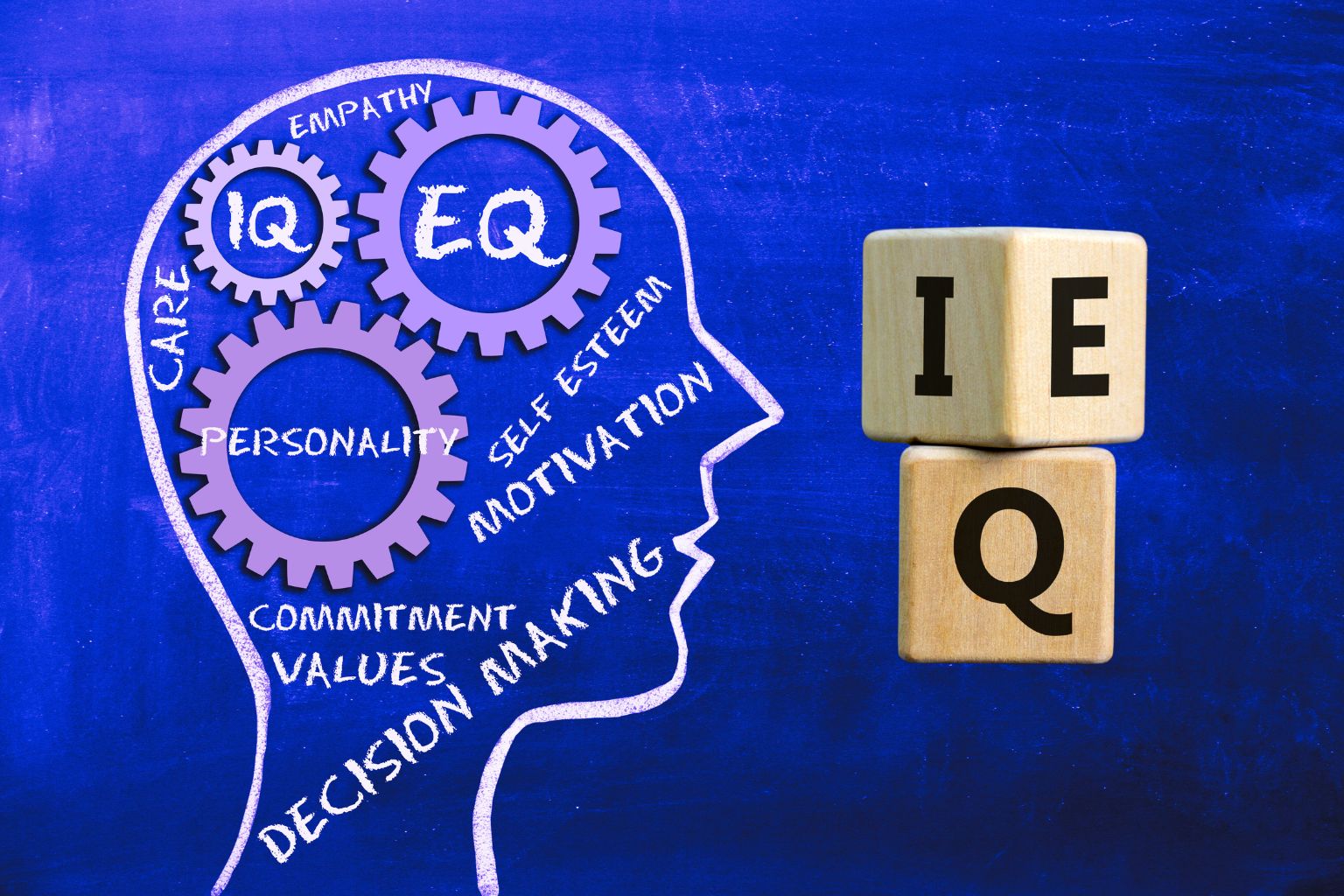

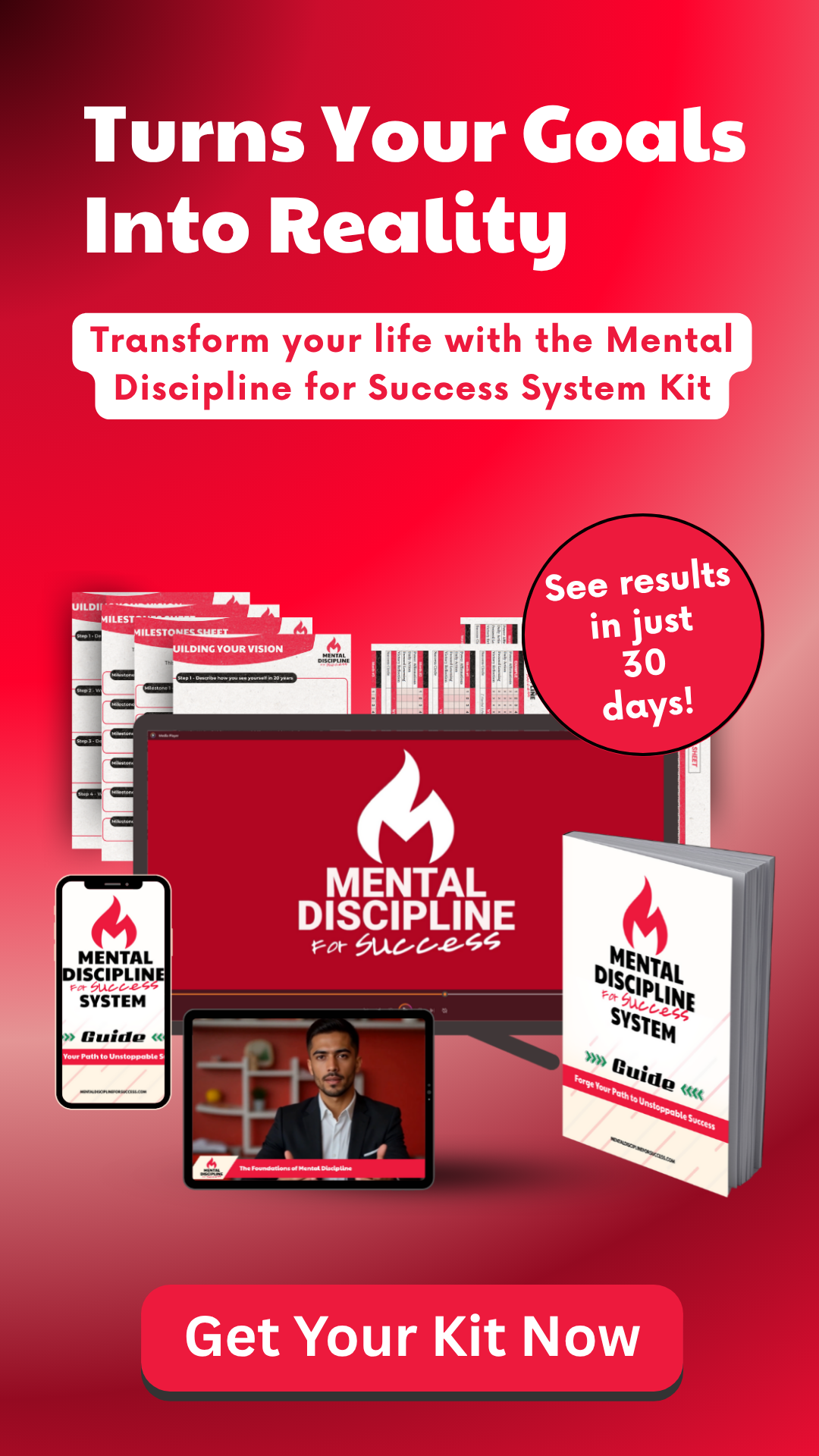
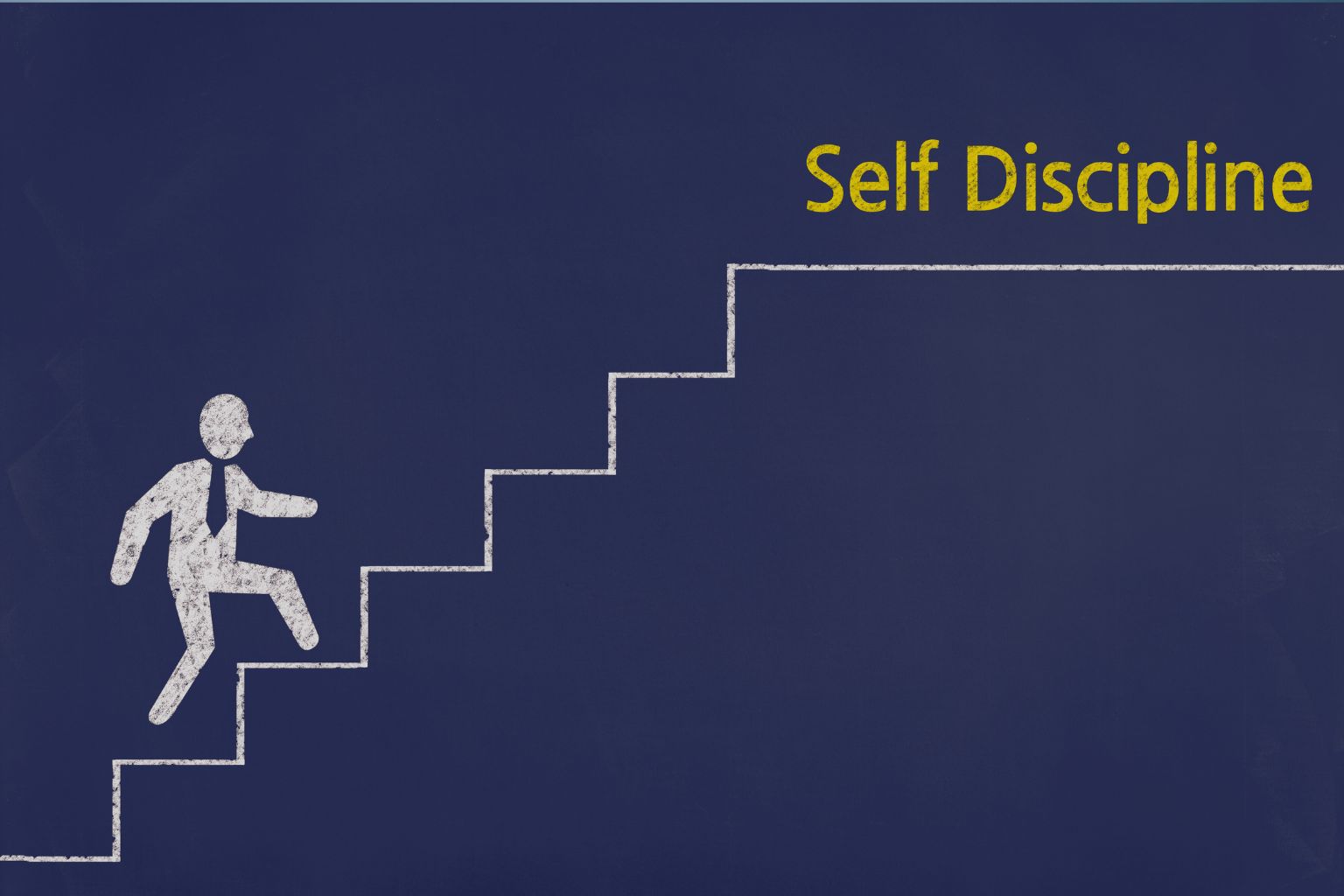

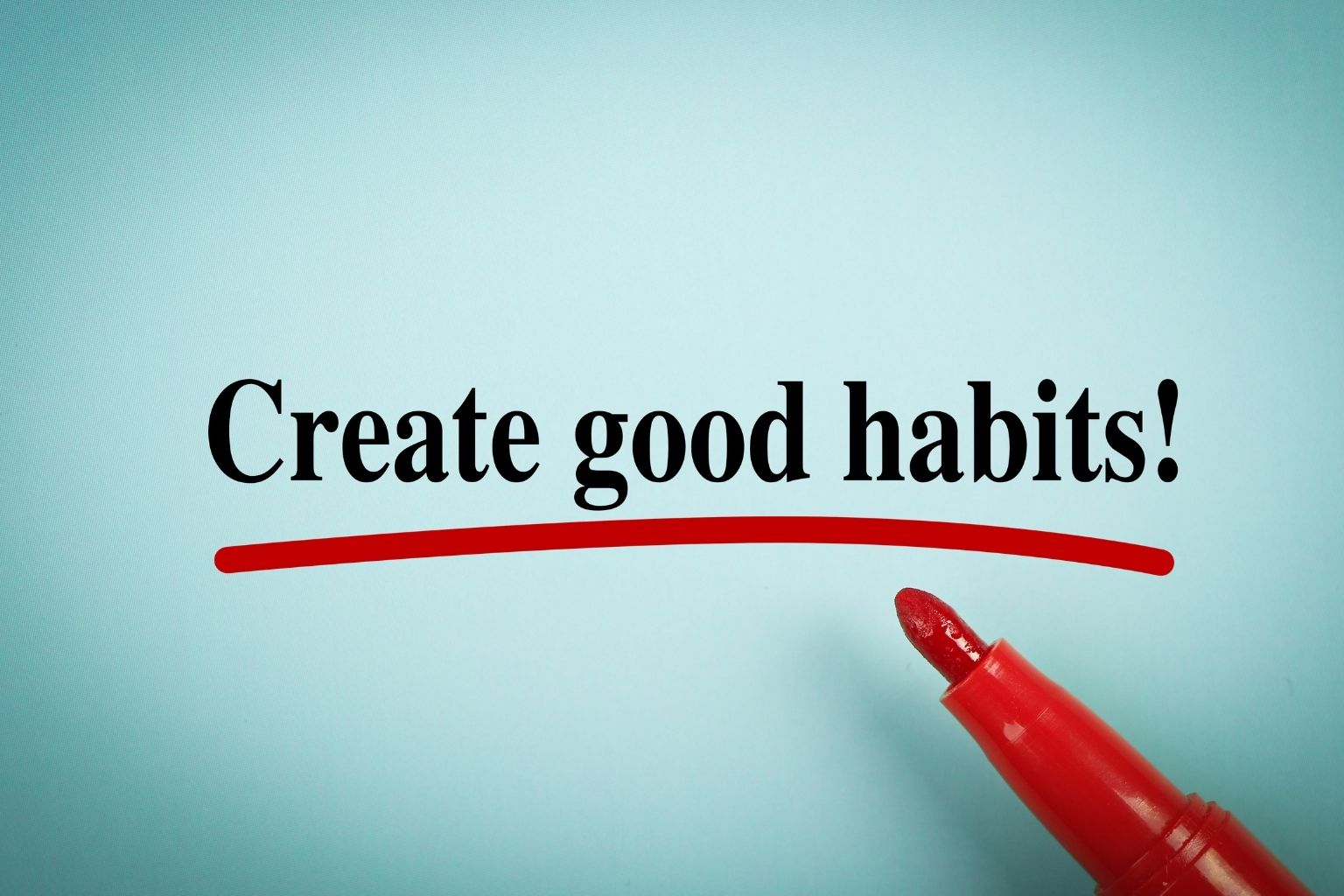



Share it!